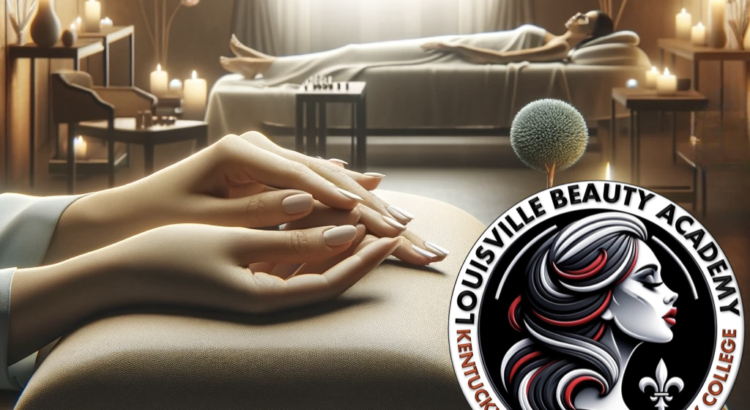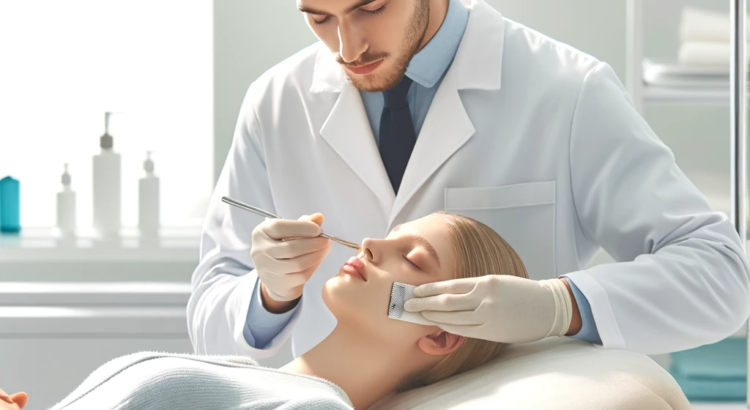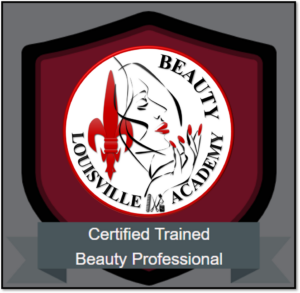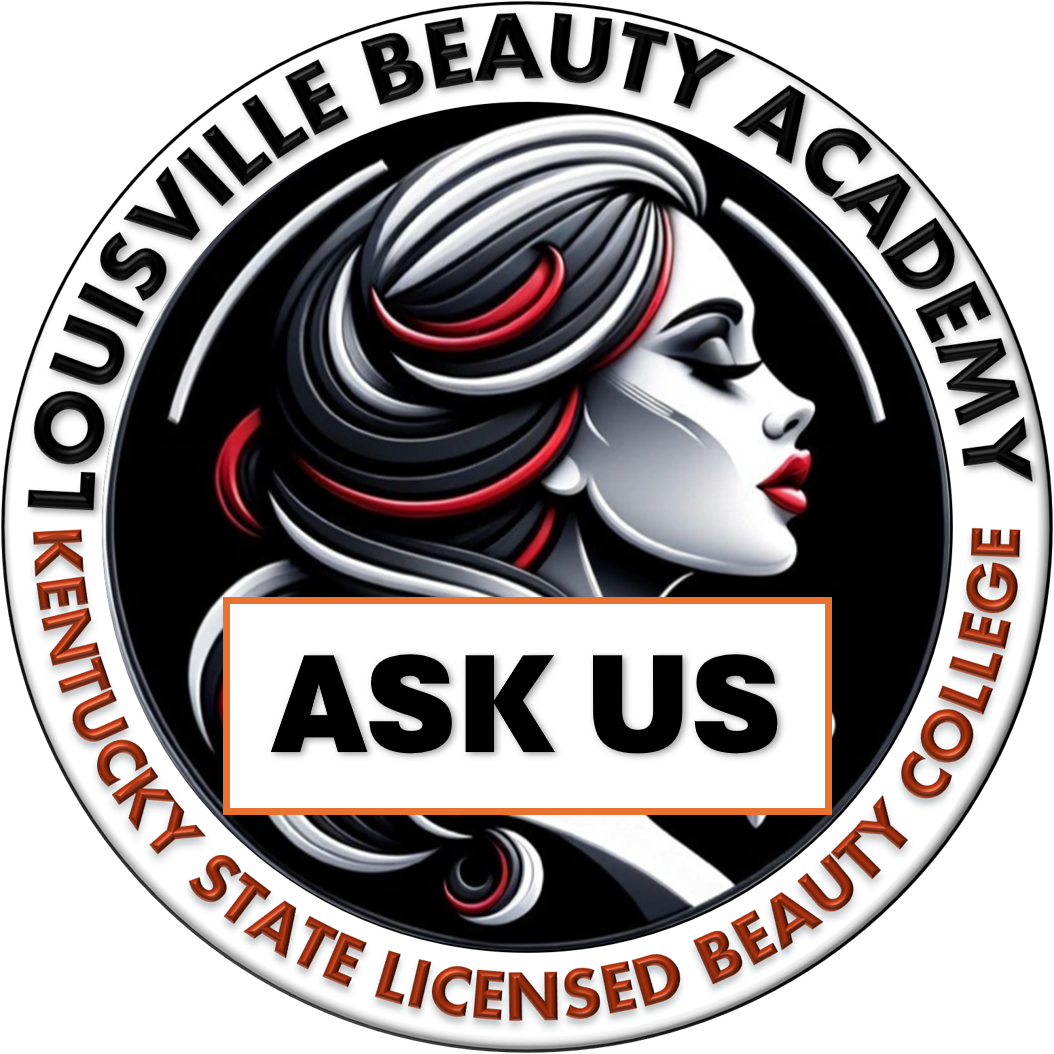In the bustling streets of modern life, where stress and anxiety often reign supreme, Louisville Beauty Academy stands as a beacon of hope, offering more than just beauty education. This KY State-Licensed and State-Accredited Licensing Beauty College has recognized a profound truth: beauty services, particularly nail services and skincare, can be a powerful tool in soothing stress and boosting mental health.
At the core of this healing journey lies the human touch – a fundamental element in beauty services. Consider nail services, where meticulous care and attention to detail are not just about aesthetics but also about the soothing rhythm of touch. The gentle filing, the rhythmic buffing, and the delicate painting become a meditative process, both for the client and the practitioner. It’s a moment of tranquility in a hectic world, a therapeutic encounter that eases the mind and calms the spirit.
Skincare, too, plays a pivotal role in this wellness narrative. It goes beyond skin deep; it’s about nurturing and caring for oneself. The process of cleansing, exfoliating, and moisturizing is not just a skincare routine; it’s a ritual of self-love and care. Each stroke during a facial massage or each pat of cream is a reaffirmation of one’s worth and a step towards inner peace.
Louisville Beauty Academy understands this intimate connection between beauty services and mental well-being. The Academy’s curriculum is designed not just to teach techniques but to imbue future professionals with the understanding that their work has the power to heal. Students are trained to see beyond the surface, recognizing that each client brings their own stories, stresses, and needs to the chair.
The importance of conversation in this setting cannot be overstated. For many, a visit to a beauty professional provides a safe space to share and be heard. These interactions often turn into therapeutic conversations, offering clients a sense of relief and belonging. Beauty professionals, in this sense, wear multiple hats – they are listeners, confidantes, and non-medical therapists. Their empathy and understanding can provide a 75% boost to one’s mental health, a significant complement to traditional medical treatments.
Furthermore, the Academy emphasizes the importance of massage in beauty treatments. The power of touch in massage cannot be underestimated. It’s a primal form of communication that can convey care, comfort, and healing. In the context of beauty services, massage transcends its physical benefits, touching the realms of emotional and mental relief.
In conclusion, Louisville Beauty Academy is not just an institution for beauty education; it’s a hub for holistic healing. Through its comprehensive training in Cosmetology, Nail Technology, and Aesthetic Skincare, the Academy is creating a new generation of beauty professionals. These skilled individuals understand that their work is not just about enhancing external beauty but about nurturing the mind and spirit. In a world where stress and anxiety are prevalent, this humanized approach to beauty services is not just welcome; it’s essential.








